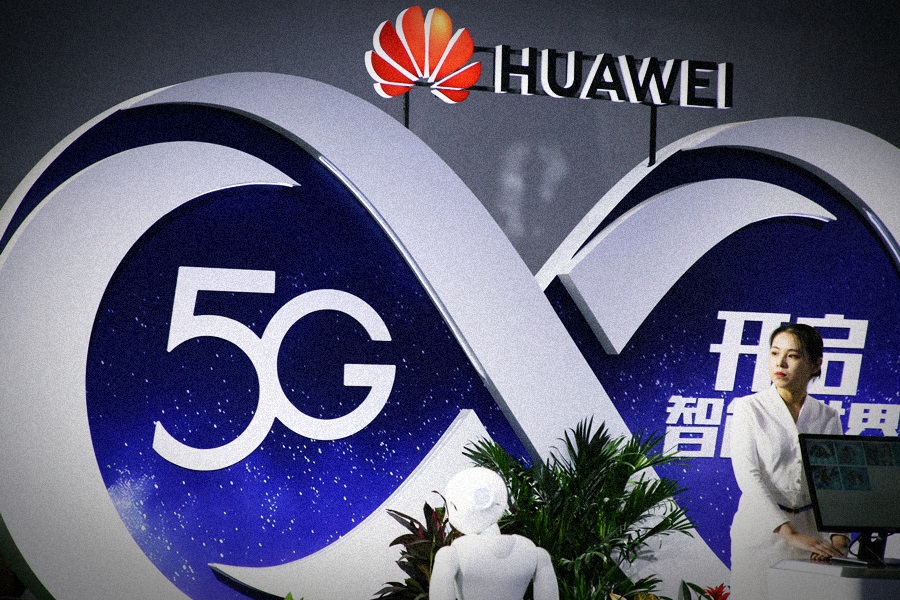Thu 16 May 2019:
Donald Trump has declared a “national emergency” which will give the US government sweeping powers to prevent American companies doing business with foreign suppliers of telecommunications equipment including Huawei.
Mr Trump signed an executive order which accused foreign powers of targeting US technology, and industrial espionage. It cleared the way to ban Huawei from America’s 5G networks. The US has repeatedly claimed that Huawei’s equipment could be used for spying by China. Mr Trump had already barred the US government from use of Huawei equipment, but has now extended that to all US companies.
The president’s order did not specifically name China or Huawei but will heighten tensions with Beijing amid an ongoing trade war. Mr Trump’s commerce secretary will be able to stop deals involving equipment built by a foreign power when there is an “unacceptable risk to US security or public services. Sarah Sanders, the White House press secretary, said: “The president has made it clear that this administration will do what it takes to keep America safe and prosperous. “We will protect America from foreign adversaries who are actively and increasingly creating and exploiting vulnerabilities in information and communications technology infrastructure and services in the United States.”
Wilbur Ross, the US commerce secretary, said: “Under President Trump’s leadership Americans will be able to trust that our data and infrastructure are secure.” In the UK, where Theresa May has given Huawei the green light to appear in parts of the network, US officials summoned companies including Vodafone and BT to lay out the alleged risks of the technology. The US has threatened to withhold intelligence from Britain if it allows Chinese technology giant Huawei to help build its 5G network.
Robert Strayer, deputy assistant secretary for cyber at the US state department, said last month America will be forced to “reassess” its intelligence-sharing relationship with the UK. He warned that the Chinese state could order Huawei to “undermine network security, to skim personal information, distribute cyber attacks and disrupt critical infrastructure”. The Telegraph published details of Mrs May’s decision to allow Huawei to bid for 5G contracts last month. A week later, Gavin Williamson was sacked as defence secretary after being accused by Mrs May of leaking the decision.

5G network technology explained What is 5G
5G is new network technology that will supercede current 4G mobile networks. It will be faster and enable new innovations.
How will it work?
5G is not simply faster connections, although that is part of it. It will add a huge number of new network access points closer to consumers. This will mean more base stations in towns and cities.
What is the network ‘core’
The network ‘core’ or control plane handles sensitive data and manages traffic. In contrast, the ‘non-core’ network, or the edge, is more like the plumbing – dumb boxes and antennas that simply funnel data, but don’t read it.
Edge computing
In 5G, more core functions are expected to come closer to the ‘edge’ of the network. More mobile phone computing will be done at the ‘edge’ – at these new network connections. US security officials are concerned this boundary will be blurred.
What is the problem with Huawei?
Huawei is viewed by some US security officials as posing a threat. The UK has moved to mitigate this risk by keeping it out of the ‘core’.





